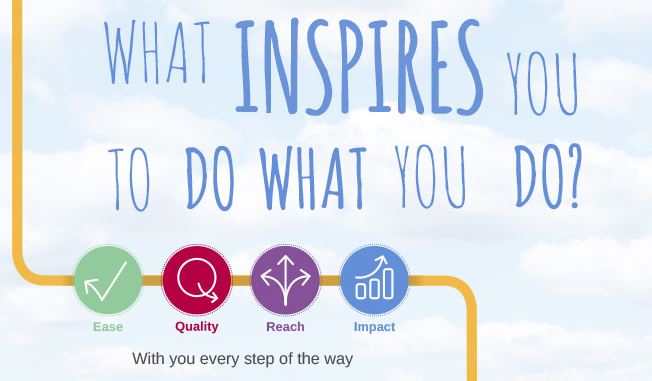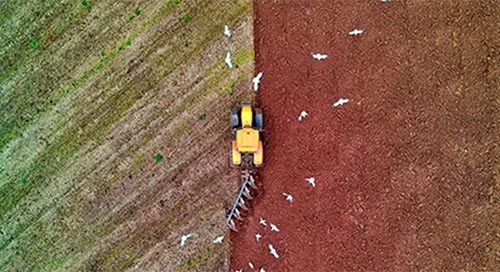timelines-an-essential-area-for-better-peer-review
April 03, 2019
What does better peer review look like? Certainly, from a researcher’s point of view, speed of peer review is essential – tempered with a desire for quality, of course. A group of dedicated Wiley colleagues chose “Timeliness” as one essential parameter for better peer review in our work “What does better peer review look like?” published in the peer-reviewed journal Learned Publishing in January 2019 (after we first shared an extended and early version in a preprint). Our goal for this work is to enable journal teams to identify areas where their practice is great and areas where they may want to make improvements.
In this post, Noel McGlinchey, Associate Managing Editor for educational and food science journals at Wiley, helps us explore what “Timeliness” means by sharing his thoughts and reactions to our paper.
Noel, the definition we chose for timeliness in peer review is that “peer review is conducted in a timely manner when an outcome is reached quickly, without compromising the focus on integrity and ethics, or the usefulness and fairness of the review process. Timely publication means research results are published when they are most relevant for further research.”
Q. What do you think more timely peer review looks like? For example, is there an ideal turnaround time for submission to decision?
A. I don’t think there is an ideal turnaround for individual manuscripts, except to say, “as quickly as possible.” In cases where two reviewers disagree markedly there may be strong reasons for delaying a decision and seeking a third reviewer. However, given the pace of modern research, I would say any journal with a median “Time to Acceptance” of greater than 2 to 6 months depending on discipline should strongly consider whether it is providing a less than ideal service to researchers and, thereby, whether it is delaying publication and communication of research unnecessarily. Where editorial teams are concerned about timeliness they should sample competing journals within their discipline to see how their turnaround times compare.
Q. What is your top priority for improving the timeliness?
A. In my experience, most delays are caused by editors either struggling to come to a decision or struggling to find sufficiently rigorous reviewers. I think that publishers should ensure that their editors and journal teams receive regular training and have timeliness as part of their performance criteria.
Q. How do you think our article “What does better peer review look like?” might help journals deliver better peer review?
A. I think the article will spark further in-depth research into the issues raised. This article touches on a number of important aspects of peer review based on quite a small sample of case studies [published in the preprint], and usually with retrospective assessments of interventions. While it is a highly valuable exercise, its greatest strength will be in encouraging more in-depth studies.
Q. And last, what role can Wiley as a publisher play in helping journals succeed?
A. Four things, especially focused on providing sufficient support for our editors. Particularly in terms of: recruiting editors and succession planning, editor training and onboarding, additional support for editors in peer review, with members of journal teams each playing their part. And of course editor guidance on peer review ethics, like the “What does better peer review look like?” article we’re talking about, the Wiley Best Practice Guidelines on Publishing Ethics and the resources provided by COPE, the Committee on Publication Ethics especially with respect to peer review.
Thank you, Noel.
Journal team members who are interested in making their peer review processes better can read our article, published under a Creative Commons license by Learned Publishing. We have created a Better Peer Review Self-Assessment tool, derived from this work.










